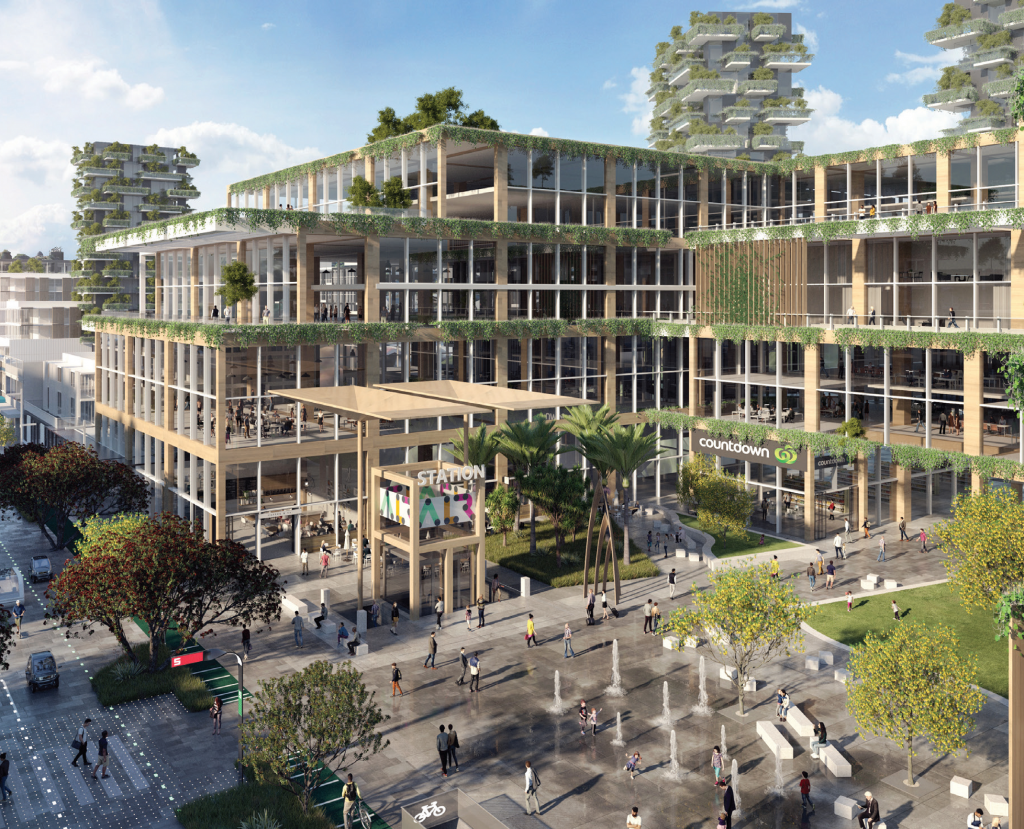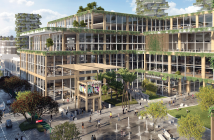Kāinga Ora could take control of the planning and development for several suburbs along the yet-to-be-built Auckland Light Rail corridor, undermining Auckland Council’s local authority

Senior Labour ministers have directed Kāinga Ora – Homes and Communities to assess the potential establishment of the Auckland Light Rail project as a Specified Development Project (SDP).
An SDP is an urban development project which, under the Urban Development Act 2020, Kāinga Ora can initiate, facilitate, and undertake.
An area comprising the majority of Auckland Light Rail’s proposed 24km City Centre to Airport route and much of Auckland’s CBD, will now be assessed by Kāinga Ora as a potential SDP. Kāinga Ora will assess whether establishing the project as an SDP would contribute to “sustainable, inclusive, and thriving communities in Auckland,” while enabling it to achieve its initial business case goals of at least 66,000 additional households and 97,000 additional jobs by 2051.
Kāinga Ora GM Urban Planning and Design Katja Lietz says SDPs provide a way for central and local government, Māori, private developers and other key stakeholders to work together to achieve well-planned urban development with greater certainty and integration.
“If established, an SDP can facilitate close collaboration between key parties, bringing together a clear development plan aligning land-use planning, infrastructure planning and funding,” she says.
“This partnership approach is central to the SDP project assessment process also. Extensive planning has already been undertaken by ALR Ltd, Auckland Council, iwi and others. We will work closely alongside these parties as we evaluate whether the SDP tools available under the UDA have the potential to support optimal urban outcomes for Auckland as this key transport route is developed.”
The partnership is not off to a great start however, with Auckland’s mayor and councillors saying they were blindsided by the move without any consultation.
It appears Auckland Council may have its own plans for the areas being eyed up by Kāinga Ora.
When the Government’s Medium Density Residential Standards (MDRS) came into force, requiring Auckland Council to enable medium-density housing across most residential suburbs, those along the Auckland Light Rail corridor were excluded.
This was because more work was required within the corridor to confirm the route and stations, the council said last year.
“The specific route and stations are expected to be engaged upon and confirmed as part of the Auckland Light Rail project in 2023. As part of that process, the Council and the Auckland Light Rail project team will also be engaging on intensification and other transformational proposals along the corridor.”
When that work is finalised, the council had planned to revisit which areas would be subject to MDRS through a public consultation process.
Mayor Wayne Brown is calling the Government’s move “self-justifying-keep-your-job bullshit”.
Albert-Eden-Puketāpapa Councillor Christine Fletcher says it is a betrayal of trust to the council and shows extraordinary arrogance of the Government. Despite being devasted by flooding this year, parts of her ward fall under the area now being assessed by Kāinga Ora.
Even the Labour councillor for Manukau, Lotu Fuli, says it was disrespectful of the Government to exclude the council from the table.
Epsom MP David Seymour explains that if the project were to proceed, Kāinga Ora would effectively be able to take over planning and development for whole suburbs, with the ability to change zoning, commission and develop infrastructure, and put in place targeted rates to pay for these developments.
“All of this would override the Auckland Unitary Plan and infrastructure plans already in place by Auckland Council. The Auckland Unitary Plan allows for up to 900,000 more homes to be built. The difficulties are with the funding of infrastructure and the planning of building.”
Kāinga Ora argues that an SDP works to overcome barriers that have often stopped projects from getting off the ground, such as large areas with multiple landowners, funding constraints, or complex planning challenges.
It will report back on its findings in July 2024.








